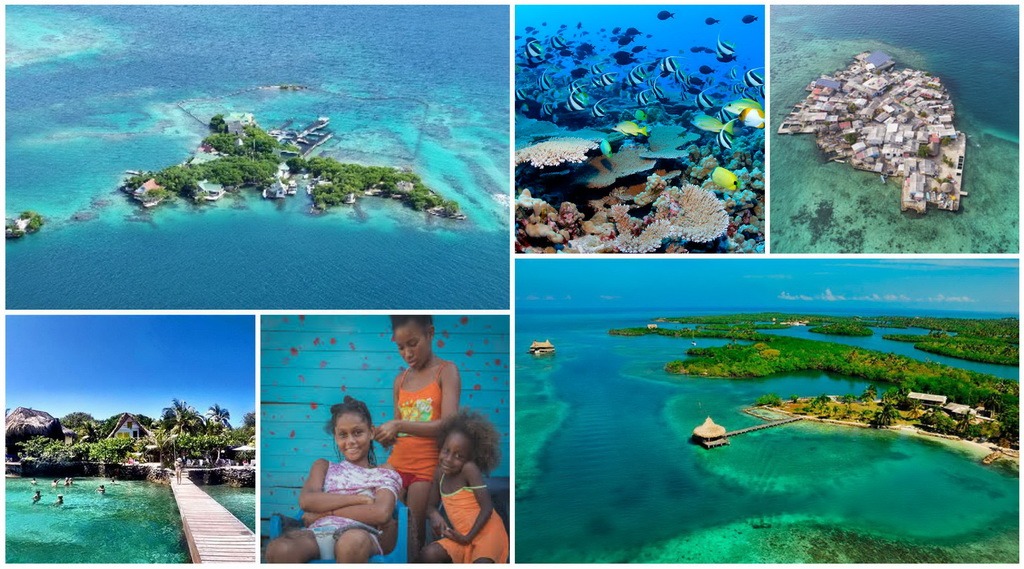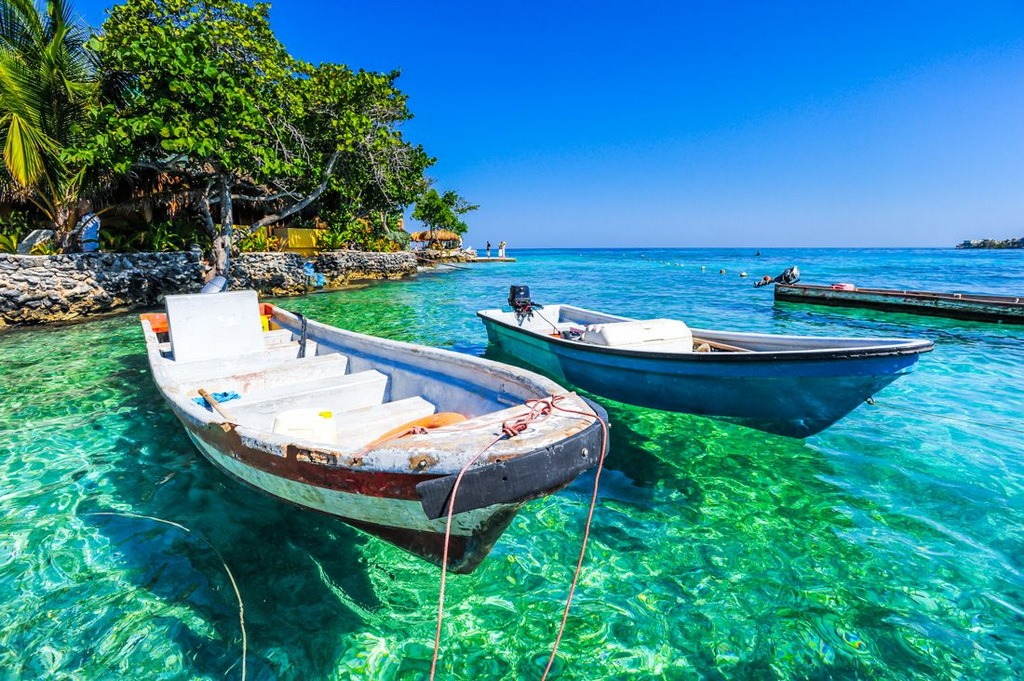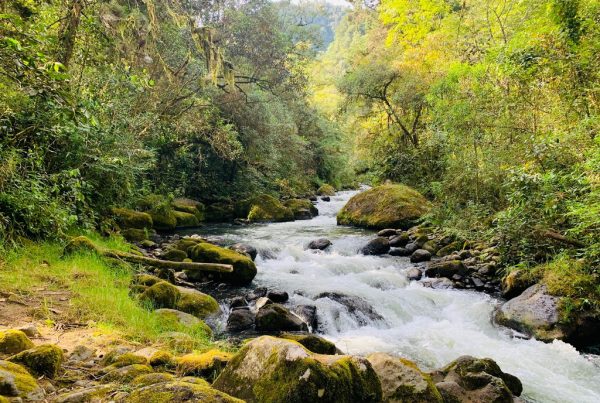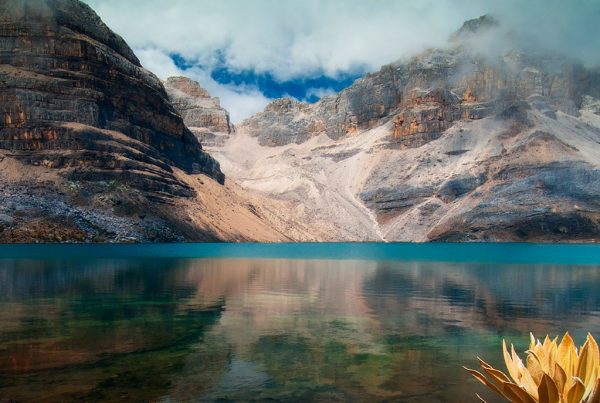Colombia is one of the 10 countries in the world with the greatest biodiversity. It concentrates almost 70% of all the planet’s ecosystems in just 10% of its territory, thanks in part to its two oceans, the Andes and Amazonia.
The Corales del Rosario archipelago is made up of 28 islands that form part of the Cartagena de Indias island area, with a total surface area of 120,000 hectares, of which only 20 are terrestrial. A national park has been created to protect one of the most important coral reefs on the Colombian Caribbean coast.
The population, of Afro-Colombian origin, is spread across all the islands, but especially on the micro island of Santa Cruz del Islote. This island has the distinction of being the most densely populated in the world, measuring just 100 m in diameter and housing around 600 people. The reason for this concentration is that the island has no trees or any other form of vegetation, which prevents the proliferation of mosquitoes. The inhabitants are mainly fishermen, or work in the tourism sector on the other developed islands.
The coral reef is home to hundreds of species of tropical fish, microscopic organisms, crustaceans and molluscs essential to ocean life. There are also large numbers of lobsters.







